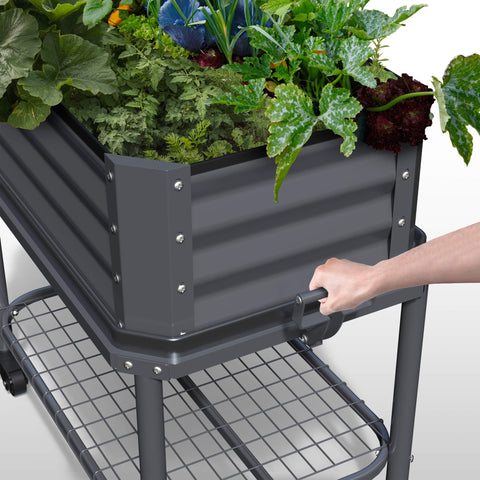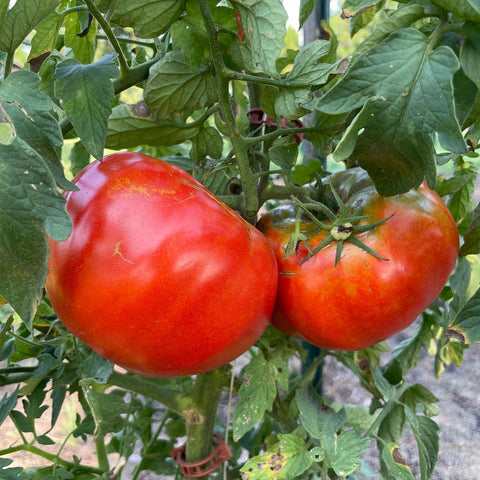Don't have a lot of room? Don't worry! You can still create an amazing garden, whether it's on your porch or on a balcony in the city. In this article, gardening expert Kelli Klein shares her top tips for gardening in limited space.The following content also has some reference value for raised garden beds.
When driving through farmlands, you see acres filled with countless rows of corn, soybeans, cabbages, onions, and commercially grown crops.
You might think you don’t have the space to grow vegetables at home. But when you start to get creative, gardening in a small space has so much potential. Anything that can hold soil and get enough sunlight (typically 6-8 hours) is a potential garden site.
Below we’ll discuss the top tips for maximizing a small garden space. There are many possibilities, from windowsill planters to vertical gardens to raised beds!
Even if you have a large yard, you can still benefit from maximizing your space with the small space mindset.
Microgreens and Windowsill Gardens
Take advantage of any south-facing sunny windowsill you have!
Patio/Deck Container Gardening
If you have a patio or a deck and long for a green garden space, consider setting up a container garden.

Diversify Your Containers
There are almost endless choices when it comes to containers. The main qualifications for containers are that they hold soil and have drainage holes to drain away excess water.
Planter Boxes
Planter boxes hanging over the side of a railing can help maximize your deck space, or you can string up some hanging planters. Flowers like trailing nasturtiums look stunning in hanging planters, and as a bonus, they are edible too!
Patio and Deck Growing
The good news for patio and deck gardeners is there are so many dwarf varieties of common vegetables perfectly suited for containers. There are dwarf determinate tomatoes that don’t require tomato cages for support and dwarf bush cucumbers that don’t require trellises to climb.
Dwarf Varieties
Dwarf corn is easier to manage and grow in a backyard garden than traditional corn. Generally, you need at least a 4 ft by 4 ft plot of corn to ensure cross-pollination for a good harvest.
Community Gardens
Lawn Removal
Lawns create a monoculture of non-native plants that require lots of water and fertilizer and offer nothing in return for us gardeners or for the local wildlife (aside from a potential free mulch source via grass clippings).
Grow What You Like to Eat
Generally speaking, it’s best to grow what you like to eat. 
Square Foot Gardening
Any or all of the above can be combined throughout a small space to help maximize your garden’s potential. They can also be utilized in a large space to get the most yield out of your garden, regardless of size. Remember, you really can grow a garden anywhere, no matter the space.









